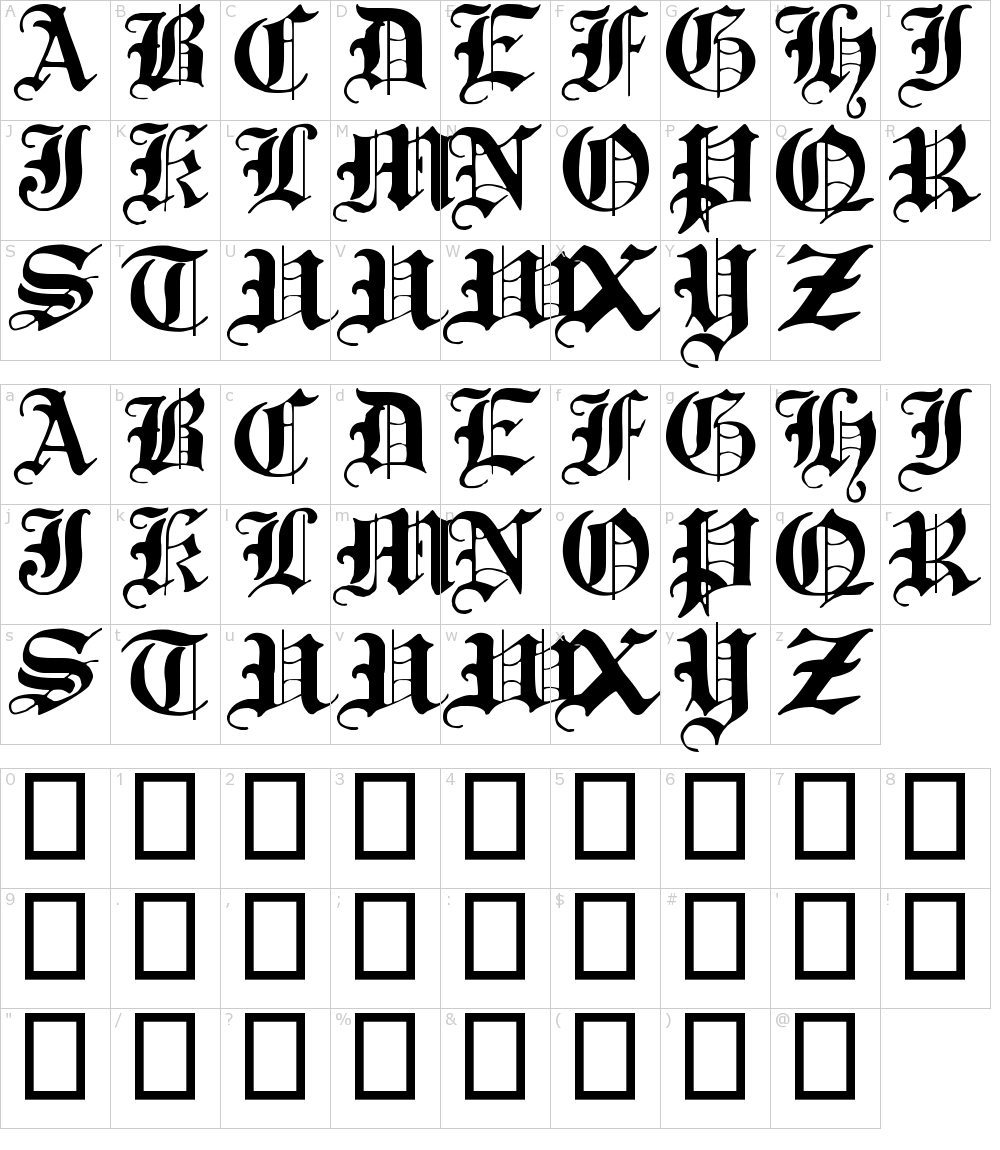


(The term "Gothic" is also sometimes used this way-likewise a misuse, for in formal typography the term "Gothic" means sans-serif.)īesides the 26 letters of the ISO basic Latin alphabet, Fraktur includes the ⟨ ß⟩ ( Eszett ), vowels with umlauts, and the ⟨ſ⟩ ( long s).

In non-professional contexts, the term "Fraktur" is sometimes (mis)applied to all of the blackletter typefaces. In Germany, transition to more modern typefaces was controversial until 1941 when use of Fraktur typefaces was ended by (Nazi) government order. The word "Fraktur" derives from Latin frāctūra ("a break"), built from frāctus, passive participle of frangere ("to break"), the same root as the English word "fracture".įraktur was often characterised as "the German typeface" because it remained popular in Germany and Eastern Europe for rather longer than elsewhere. Letters are designed such that the individual strokes are broken apart in this way it is often contrasted with the curves of the Antiqua (common) typefaces where the letters are designed to flow and strokes connect together in a continuous fashion. For the distinction between, / / and ⟨ ⟩, see IPA § Brackets and transcription delimiters.Ī modern sans-serif and four blackletter typefaces (left to right): Textur(a), Rotunda, Schwabacher and Fraktur.įraktur ( German: ( listen)) is a calligraphic hand of the Latin alphabet and any of several blackletter typefaces derived from this hand. For an introductory guide on IPA symbols, see Help:IPA. This article contains phonetic transcriptions in the International Phonetic Alphabet (IPA).


 0 kommentar(er)
0 kommentar(er)
